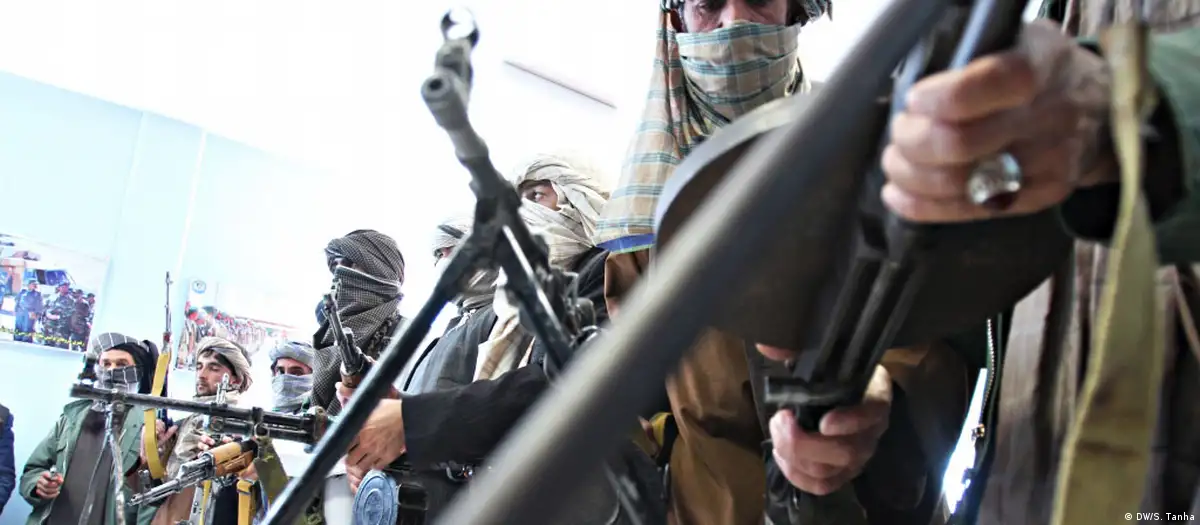What does the leaked NYTimes news signify? Was this a deliberate attempt to pressurize Pakistan? Or put it in a discombobulated place? Or was it just another regular leak that news correspondents crave to get their hands on?
The past few weeks have been very interestingly disturbing when it comes to events happening in South Asia. This particularly refers to the ones pertaining to the American withdrawal from Afghanistan. Trailing from a frail hope of a rejuvenated Istanbul Dialogue that might have provided a way for eventual Afghan Peace to the debate surrounding an American base in the region. The latter seems to have taken the spotlight for now; as the US makes plans to ensure its interests in Afghanistan. What has been more interesting is the manner in which engagements took place between higher-ups of the states involved.
The speculations that stemmed from the high level; meetings owe their credence to the scanty declassifications that came from official statements. This has allowed many analysts to frame their own hypothesis by taking advantage of the perplexing situation developed at the onset of unconfirmed news.
A Perplexing Game of Statements
While the political side of the situation has resulted in a quagmire. The course of events became even more confusing after Assistant Secretary of Defence for Indo-Pacific Affairs, David F Helvey’s remarks in the US Senate. Helvey outlined that the Pentagon was exploring the possibility of basing U.S. forces in Afghanistan’s neighbourhood. This way the US would provide over-the-horizon counterterrorism support to the Afghan Government.
Pakistan’s Foreign Office (FO) denied the presence of any US military or airbase in Pakistan, stating that any speculation is “baseless and irresponsible” and should be avoided.
Pakistani Foreign Minister Shah Mehmood Qureshi in his senate address clarified that Pakistan has refused to give military bases to the US.
Enigma of News Leaks
The events surrounding the US troop withdrawal became more interesting when a story in New York Times earlier in the week broke the news that William J. Burns, the CIA director, recently made an unannounced visit to Islamabad. Burns met the Chief of Army Staff and the Head of the Directorate of Inter-Services Intelligence. It yet remains a mystery as to why the officials of the CIA leaked such sensitive information to the NYTimes.
The NYTimes article seemingly hinted towards a mutual understanding of a base. However, it also added that Pakistan has put forth strict conditions for allowing its soil to be used for operations in Afghanistan. The article added that Pakistan has demanded a variety of restrictions in exchange for the use of a base. Moreover, they have effectively required that they sign off on any targets that either the CIA or the military would want to hit inside Afghanistan.
Reportedly, it is said that Burns wanted to meet Pakistan’s Prime Minister Imran khan but was denied as this was not in line with official protocols. The denial can also be attributed to the reservations that the Government of Pakistan Tehreek-e-Insaf (PTI) has had no direct contact with President Biden ever since he took the Oval office.
The Confusion Over US Bases
The unnamed Pakistani officials also informed that the CIA Chief was categorically conveyed that no US operation would be allowed from Pakistani territory. On the contrary, Americans were suggested to hand over the drones to them; for carrying out the strikes against terrorist targets. Here it should be noted that the US only gives its sophisticated drone technology to selected countries and Pakistan has been kept from purchasing the US systems for the last few years. Whereas, on the other hand, Pakistan and China have increasingly cooperated on drone programs.
Where does China Stand?
Any news of the US base on Pakistani soil would alarm the Chinese. Although, previously Pakistan and the US have enjoyed such a setting. This was when Pakistan gave its bases during the war on terror. Later on, the US was asked to exit the bases after unfortunate incidents that still affect the PAK-US relationship. As of now, China has not officially given any statement regarding the ‘military base’ issue.
Furthermore, provided the strategic military and economic Sino-Pak ties; unfounded speculations hinting a base in Pakistan would create misunderstandings between China and Pakistan, despite the latter’s rebuttals. Is the NYTimes leak a part of a scheme to inform China about what the US was doing? Similarly, was Pakistan’s unofficial confirmation of the visit but selective declassification of meeting contents; an attempt to offer an explanation to keep Chinese reservations in place?
These events cannot be classified separately from what the US is doing in the region of Indo-Pacific. It has increasingly pitted itself against China by revamping the QUAD. The US also has established growing ties with India. This marks a dimension of competition with Pakistan and China.
It is still a question that if the US could not establish complete control in Afghanistan while having boots on the ground; how will it manage to do so through a military base somewhere else in the region?
Taliban’s Posture
Considering the uncertainty of events, confusing statements can also trigger the Taliban. This could actually result in violence instead of a peace dialogue; as they would be insecure due to the US military endeavours in their neighbouring country. Friction was already evident when the Taliban gave a statement regarding neighbouring countries allowing the US to operate bases. If the US’ actions would thrust Afghanistan into civil war then every group would try to make the most out of it. This also shows that the Taliban are independent and do not take dictations from any neighbouring state – A viewpoint that many in Washington and Kabul hold.
More recently, the Taliban directly engaged with China at Doha where matters pertaining to Chinese companies operating in Afghanistan and Intra Afghan dialogue were brought under discussion.
Conclusion
There are a lot of mysteries that this ‘unofficial leaks’ mode of communications holds within itself. While states are directly engaging in another manner, such leaks signify discrete underpinnings, all while official statements offer little description.
Drones have been a subject of criticism in Pakistan as they resulted in massive collateral damage. Even to this day a disdain among the Pakistani tribal populace still exists; as it allowed usage of drones in its territory. Moreover, the incumbent Premier Imran Khan had equivocally resisted Pakistan handing over bases to the US during War on Terror. Now with three successive democratic eras and Imran Khan in power, the US will have to face further complications to secure a base.
However, the leaking of sensitive information pressurizes the stakeholders. It does not matter whether it is institutionally sanctioned or an act of an individual. The stakeholders have to reframe their stances in light of previous official statements. In order to cool down their own population as well as other partners that might have been perturbed by such ‘leaks’.
Your go-to editorial hub for policy perspectives and informed analysis on pressing regional and global issues.





Add a Comment